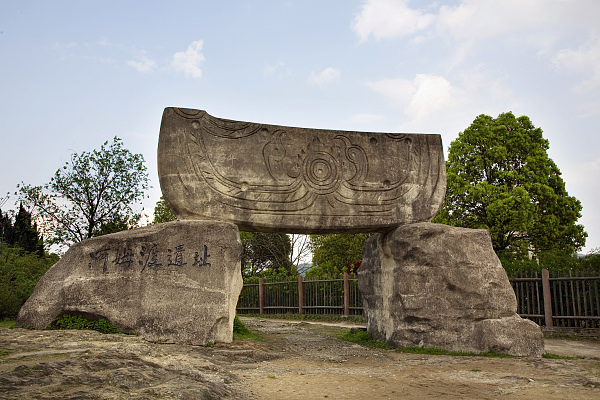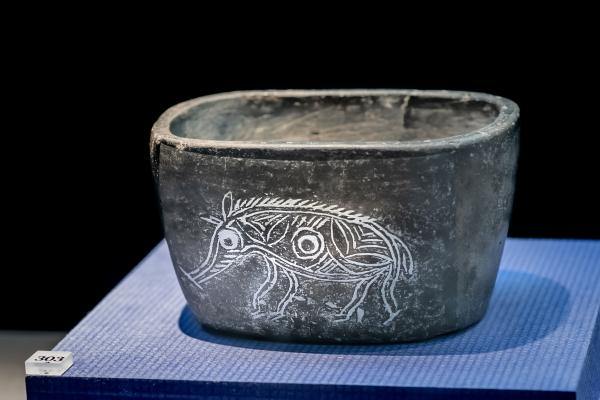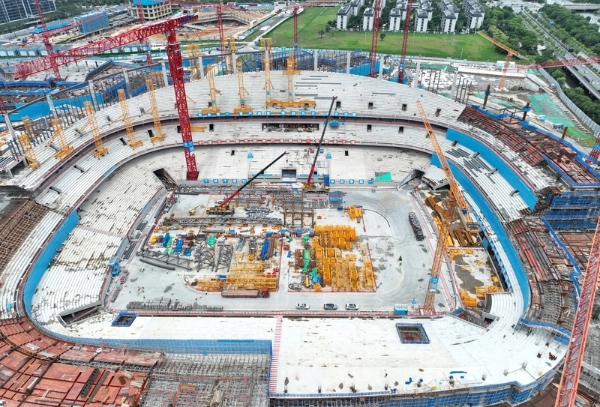"Zhejiang Cultural Imprints" is a series of introductory articles introducing some of the most influential cultural heritages and cultural imprints in Zhejiang province. Today, we will cover the brief of the "Hemudu Archaeological Site", an important archaeological discovery of one of the main Chinese civilizations, which is the Hemudu Culture.

Hemudu Archaeological Site
The Hemudu Archaeological Site, a Neolithic cultural site of about 40,000 square meters, is located in the lower reaches of the Yangtze Valley. It takes its name from Hemudu Town in Yuyao city, Zhejiang province where the site was originally discovered. Hemudu Culture has been verified to have existed between 5000 BC and 3300 BC. The Hemudu Site in Ningbo holds some of the earliest records of China's Neolithic Age.
The site is first spotted in June 1973 by local villagers during construction work. As farmers were digging groundwork for a pump, they encountered many pieces of chinaware and animal bones, which revealed the mystery of a long-lost ancient village. The discovery was one of the most important archeological events in China in the 20th century.

One piece of Hemudu Culture relics
It is believed that Hemudu is one of the first cultures to begin the domestication and cultivation of rice and building a surplus of it. This is evident through the tools that have been pulled out at the sites of Hemudu cultures, including types of hoes made from deer bones.
Utensils of Hemudu Culture mainly consist of pottery vessels, with a few supplementary wooden wares. Primitive stone tools and bone wares carved with exquisite patterns illustrate both the practicability and aesthetics of the Hemudu. Spinning wheels, bone needles, and ceramics engraved with cloth lines have been unearthed, reflecting the progress of weaving in that period. Decorative objects made of jade and fluorite materials are great in variety with refined craftsmanship, representing the level of Neolithic culture. Red-lacquered bowls uncovered here, with a history of 7,000 plus years, are the earliest lacquer ware in China.
Different from Yangshao Culture of the Yellow River Valley, Hemudu Culture represents civilizations of the Yangtze Valley in South China as another major thread weaving through the development of ancient Chinese culture. The discovery of the Hemudu Archaeological Site has proved that Neolithic culture was also located in the lower reaches of the Yangtze River serving as a principal origin of Chinese civilization.




